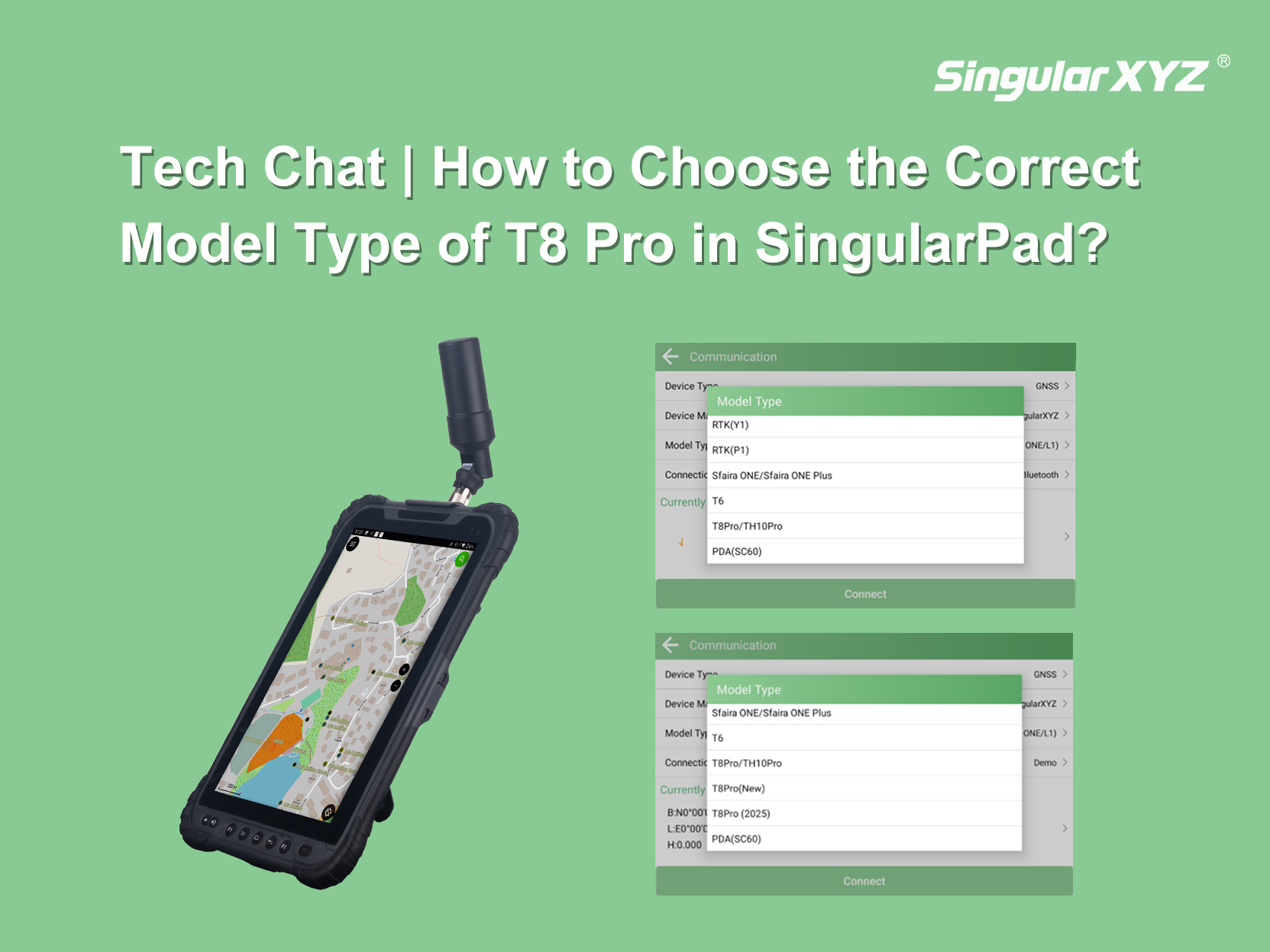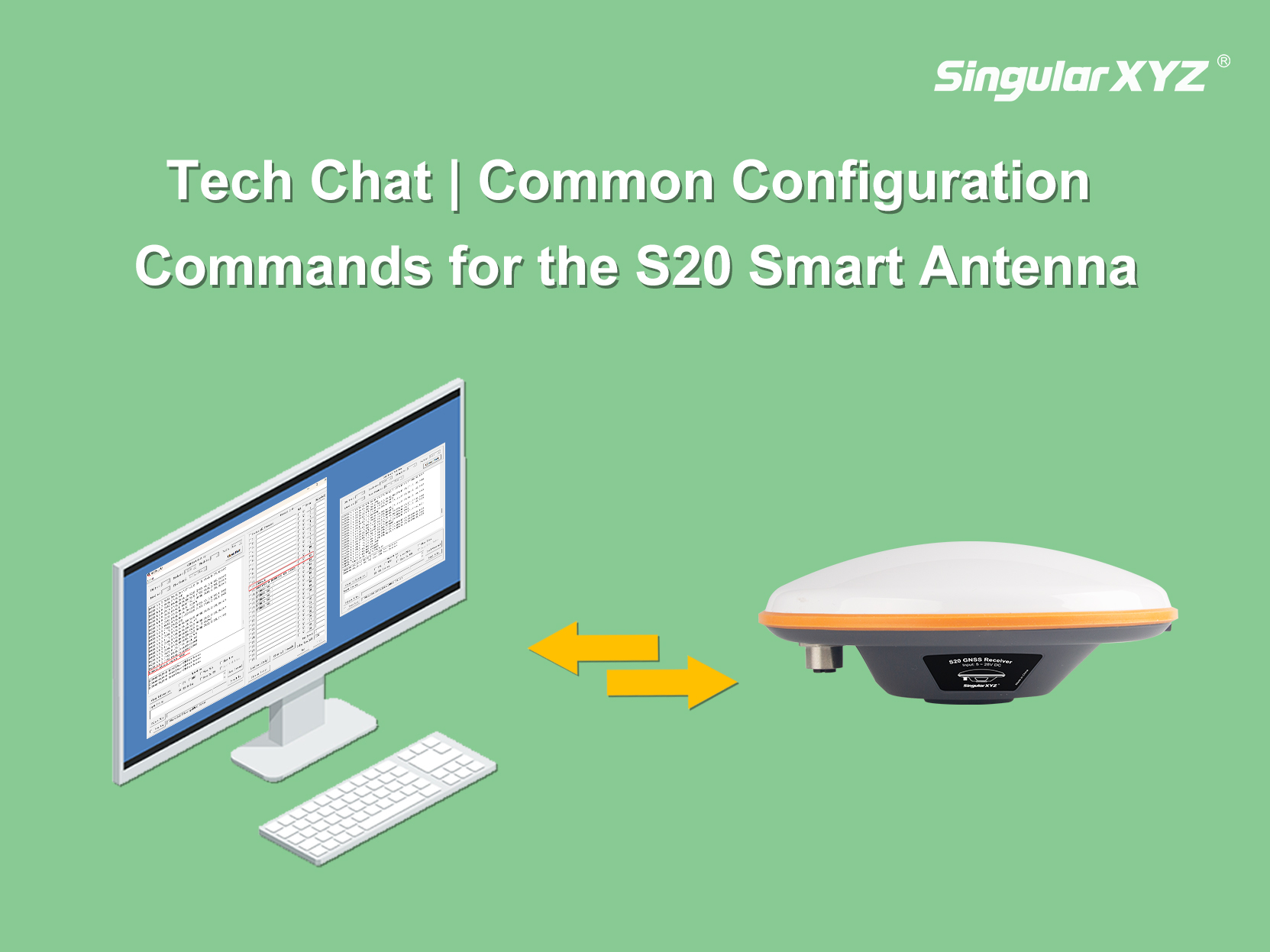GNSS Receiver



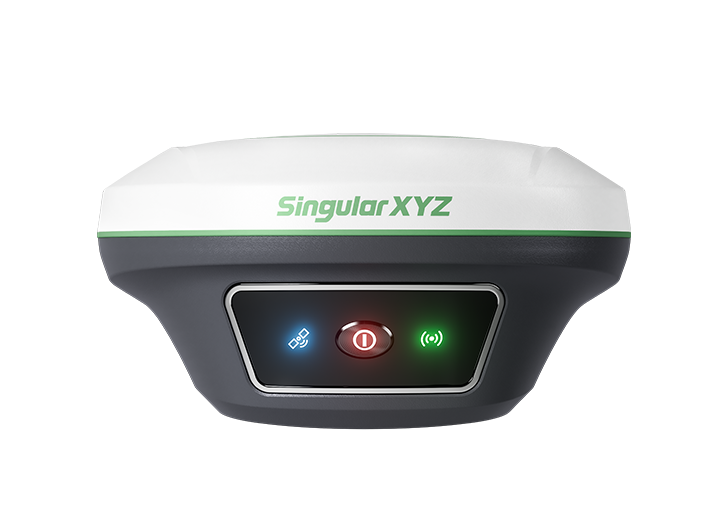
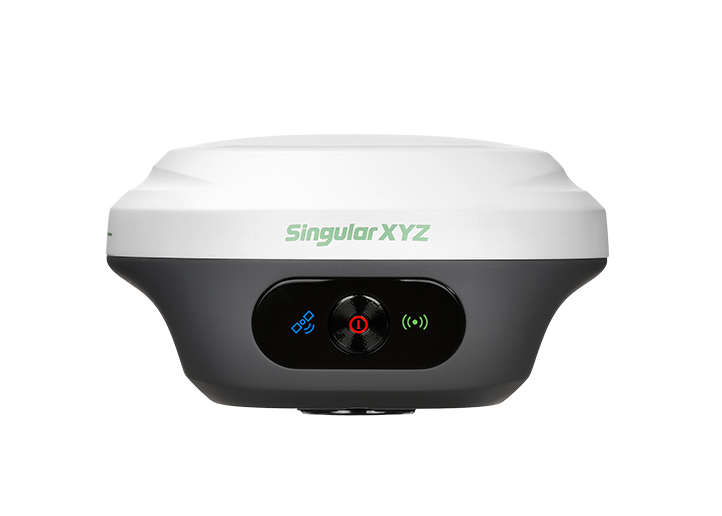
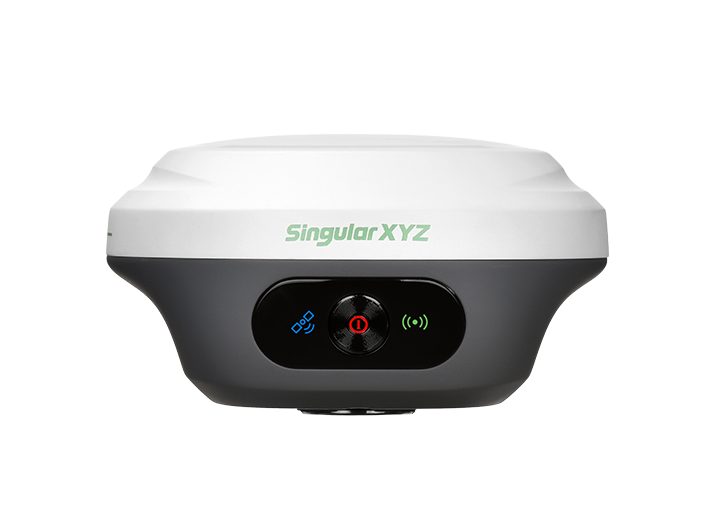
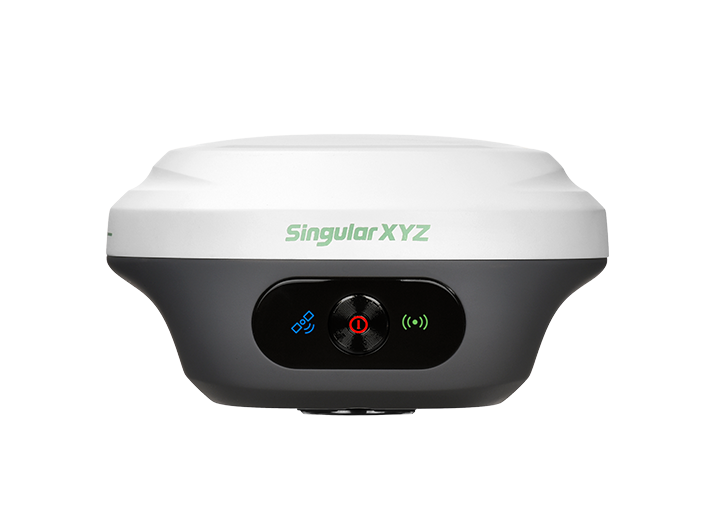
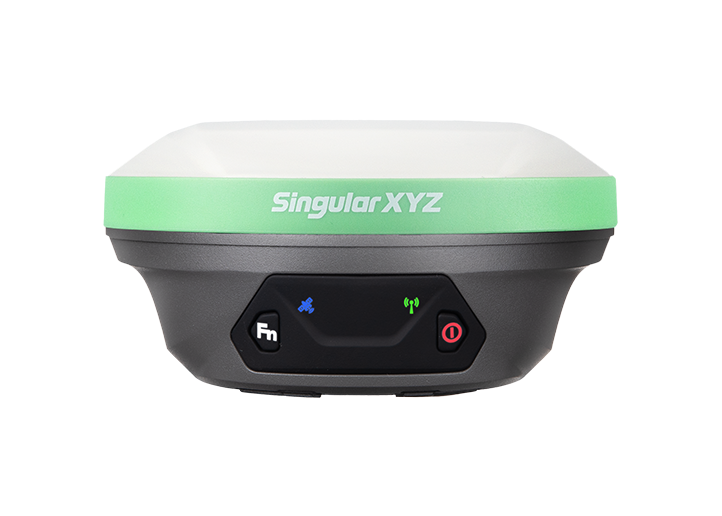
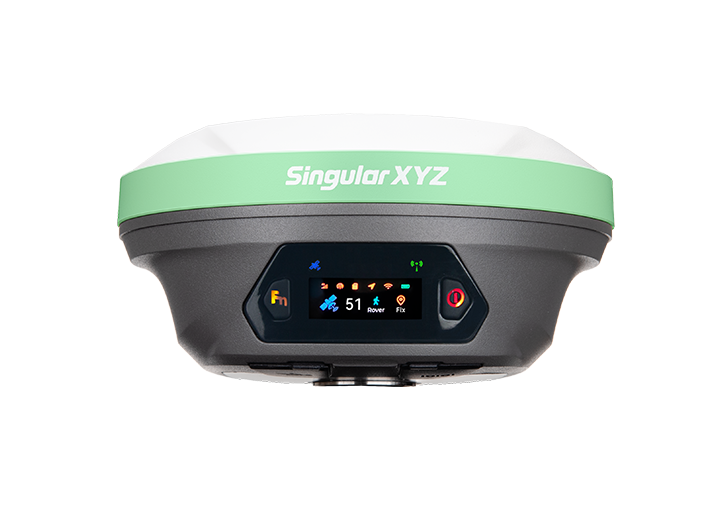

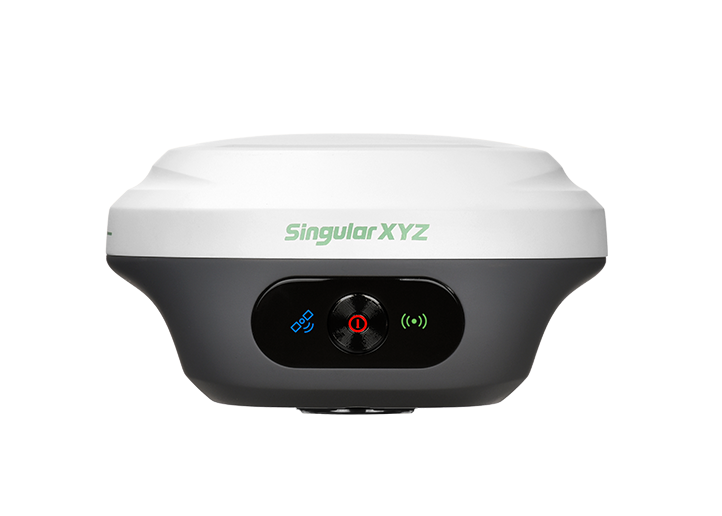
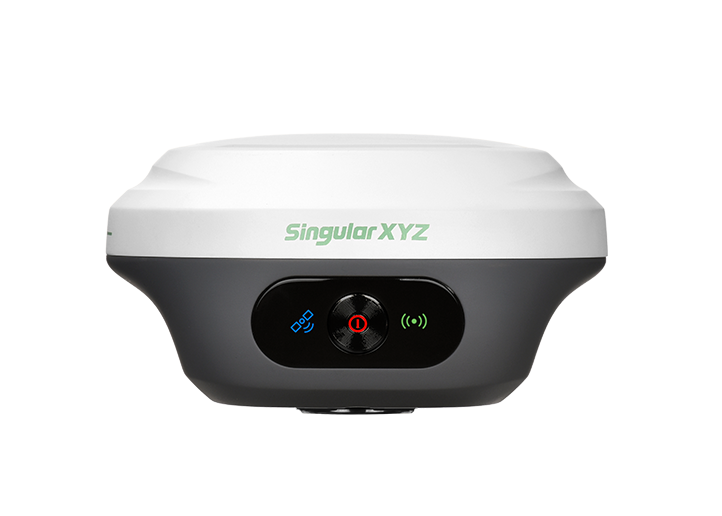
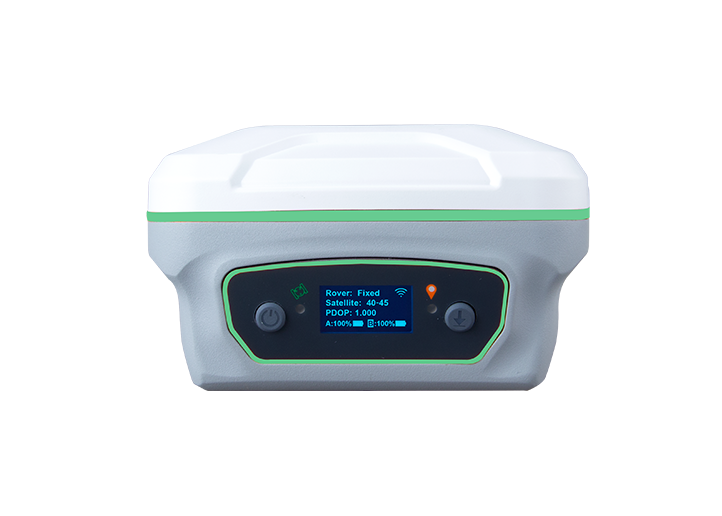
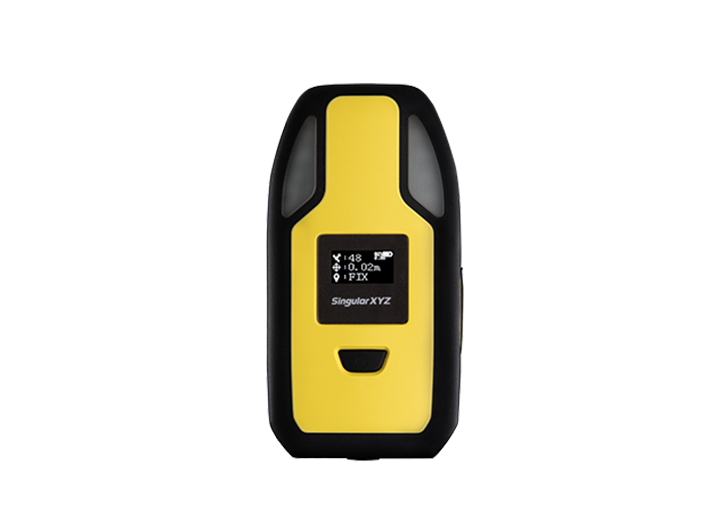
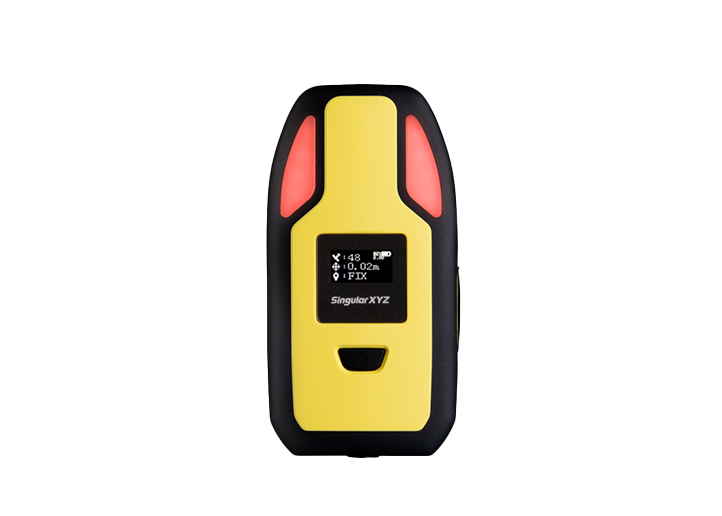
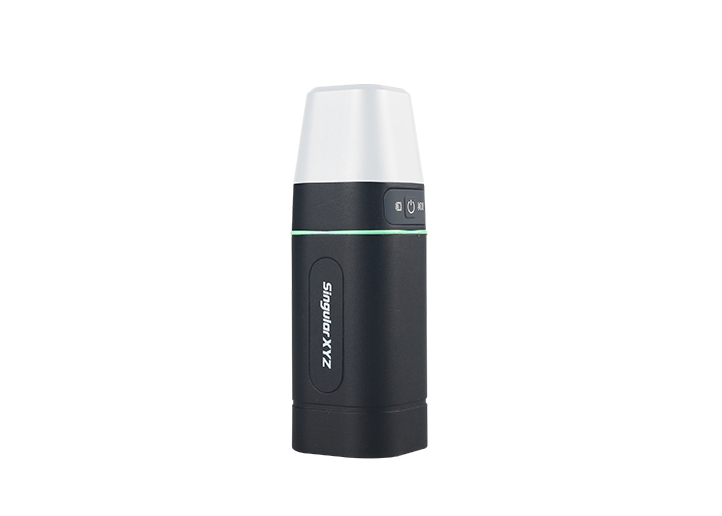

In high-precision GNSS positioning systems, differential data is the key to achieving centimeter-level accuracy. As modern receivers increasingly support multi-system and multi-frequency tracking, legacy differential formats are no longer sufficient. Enter MSM — Multiple Signal Messages — the standardized RTCM format developed to meet the evolving demands of high-precision GNSS applications.
Among all MSM types, MSM4 has emerged as the most widely adopted format in real-time RTK services. In this article, we'll break down what MSM4 is, what it includes, how it compares to other MSM types, and why it has become the go-to solution for differential GNSS corrections today.
MSM stands for Multiple Signal Messages, a series of message types introduced in RTCM 3.x to support:
All major GNSS constellations: GPS, GLONASS, Galileo, BeiDou (BDS), QZSS, SBAS
Multiple frequency bands: L1, L2, L5, E5a, E5b, B2a, etc.
Explicit signal-type identification: e.g., L1C, L2C, E5a, B1I
MSM was designed to replace older RTCM formats (like 1004/1012), which were:
Limited to a small number of constellations (primarily GPS and GLONASS)
Unable to distinguish between signal types
Inefficient in handling multi-frequency, multi-GNSS observations
With a structured, flexible, and scalable design, MSM has become the standard for modern high-precision GNSS data transmission.
Each MSM message follows a standardized format for identification. The message number reflects both the GNSS constellation and the MSM type:
GNSS System | Prefix | Example Frequencies | MSM4 Message |
GPS | 107x | L1, L2 | 1074 |
GLONASS | 108x | G1, G2 | 1084 |
Galileo | 109x | E1, E5a | 1094 |
BeiDou | 112x | B1I, B2I, B2a | 1124 |
The last digit (e.g., 4 in 1074) indicates the MSM message type, ranging from MSM1 to MSM7.
Each MSM type builds on the previous level by adding more observational detail:
MSM Type | Includes | Notes |
MSM1 | Pseudorange only | Minimal data |
MSM2 | Carrier phase only | No pseudorange |
MSM3 | Pseudorange + Carrier phase | Lacks SNR |
MSM4 | Pseudorange + Carrier phase + SNR | Most commonly used |
MSM5 | MSM4 + Doppler | More complete data |
MSM6 | High-resolution MSM4 | More precise values |
MSM7 | High-resolution MSM5 (incl. Doppler) | Full detail |
MSM4 strikes the ideal balance — it contains all essential RTK data (pseudorange, carrier phase, signal-to-noise ratio), while keeping the message compact for real-time transmission.
MSM4 is favored across the industry for several practical reasons:
Full constellation support – Compatible with GPS, GLONASS, Galileo, BeiDou, and more
Multi-frequency coverage – Enables faster and more robust RTK fixed solutions
Broad device compatibility – Supported by most modern GNSS receivers and base stations
Efficient data size – Requires less bandwidth than MSM5 or MSM7, ideal for NTRIP networks
Sufficient accuracy for real-time RTK – Offers all core data required for centimeter-level results
While MSM7 provides even more detailed observations, including Doppler and higher-resolution data, it also comes with increased bandwidth demands. MSM4, by contrast, delivers a practical balance of efficiency and accuracy that fits the needs of most surveying, mapping, and field applications.
SingularXYZ receivers fully support MSM4 across all major constellations and signals, ensuring maximum compatibility and real-time performance in the field. Whether you're working on land surveying, precision agriculture, or autonomous applications, SingularXYZ gives you the tools to get the job done — reliably, efficiently, and accurately.
Learn more about SingularXYZ RTK products adn solutions:

